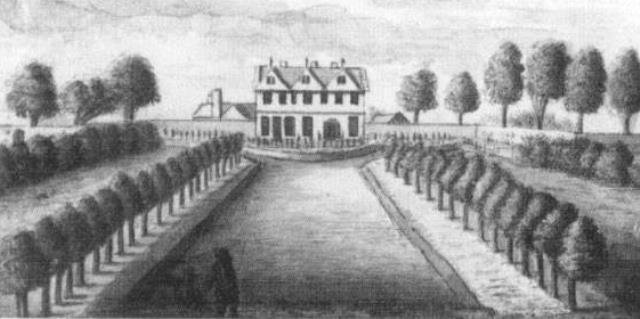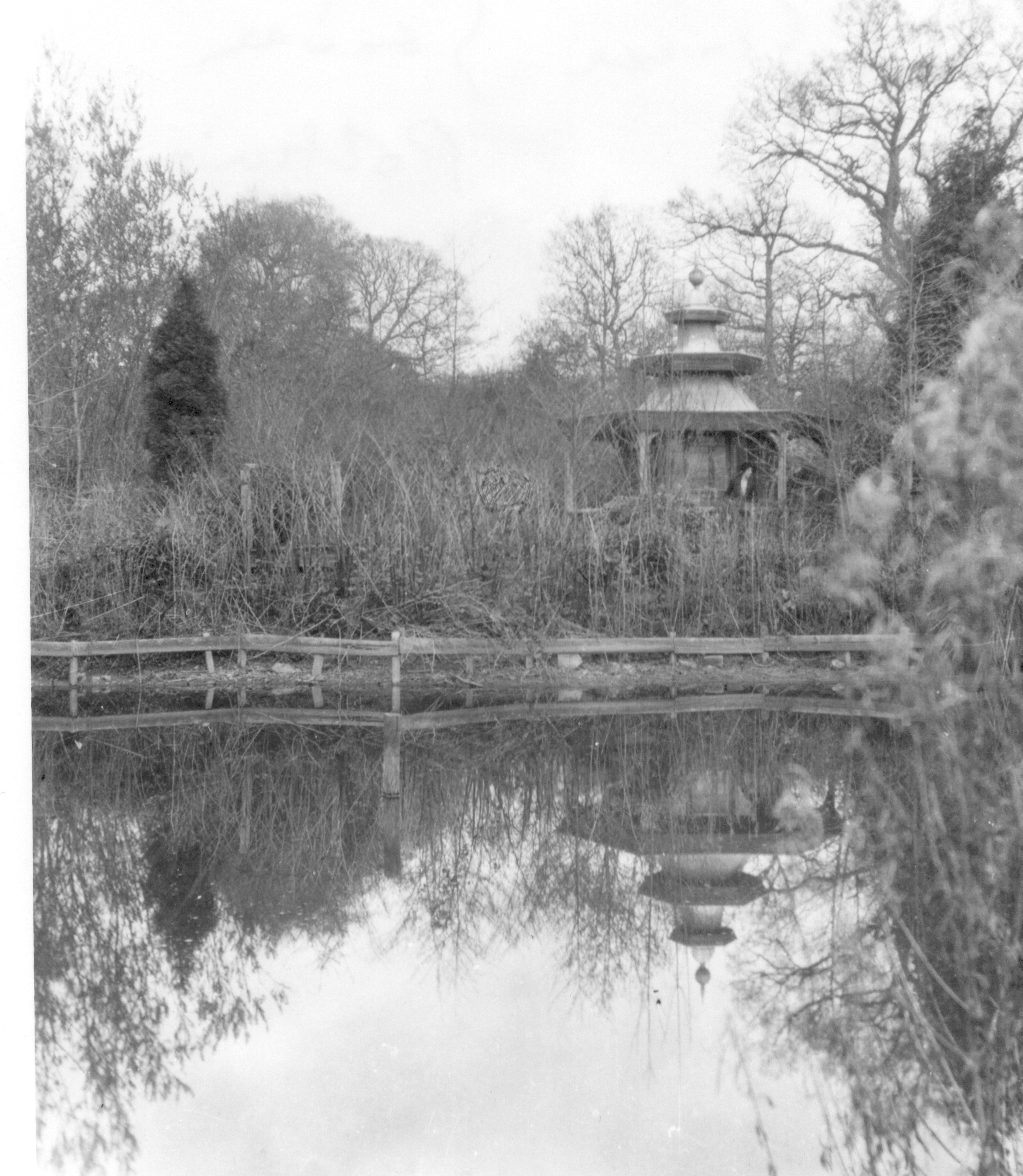The building of POLTIMORE HOUSE on this site did not start until the 1550s, many years after the first mention of the manor of Poltimore in the Domesday Survey of 1086.

By the time Richard Bampfylde began building his Tudor mansion, the estate had been held by Bampfyldes for more than three centuries – after John Bampfylde was bequeathed it by a Canon of Exeter Cathedral in 1298.
That first great house can still be seen at Poltimore today – the three-gabled north front, the fine Stuart staircase tower in the corner of the central courtyard. Attic windows and fragments of Tudor fireplaces are still visible – in some cases revealed as a result of its damaged condition today.
When Richard Bampfylde died in 1594 his will describes the house and its fittings, and mentions ‘the Parlor Chamber the Sollar Chamber the Hall Chamber and the Chamber over the Kitchen.‘ Still there at Poltimore, though covered over with more recent changes, the locations of these key rooms of a Tudor house can still be identified.
Successive generations of Bampfyldes built, rebuilt and added to the house. In 1646 the end of Civil War in the south west was negotiated at Poltimore, and the Treaty of Exeter was signed in the Great Hall at Poltimore – in the fine east-facing room re-modelled in about 1740 as the Saloon.
As described in Jocelyn Hemming’s A Devon House, the story of Poltimore (2005), ‘For over six centuries the Bampfylde family lived at Poltimore, and every hundred years or so, successive generations pulled down and rebuilt or extended the mansion and modernised their estate.’
The house and grounds in their heyday, 1840-1914
During the early nineteenth century Sir Charles Bampfylde the fifth baronet, rarely used the house. When Charles’s heir, George Bampfylde, was created Baron Poltimore in 1831, however, he decided to update Poltimore to provide a fitting setting for a nobleman. He had the grounds around the house landscaped, with the assistance of the well-known gardener, James Veitch, and he and his son, Lord Poltimore II, improved and embellished the interior of the house. Poltimore became again the family’s principal seat.

Between the 1860s and the First World War Poltimore House was in its heyday. The Poltimores were regularly in residence at Easter, in the autumn and at Christmas. They entertained house parties for Christmas and for the shooting. They encouraged the use of the park, where the deer still grazed, for the local cottage garden society show, the training of the militia and for fetes for charity or for the Primrose League. The professional head gardeners they employed organized their substantial workforce to care for the arboretum, the rosery, the formal bedding areas and filled the walled kitchen garden with vegetables and the immense spread of glasshouses with fruit and tender plants.
The last Lord Poltimore to reside at Poltimore House, Lord Poltimore III, who inherited in 1908, also left his mark on the building and the grounds. He and his wife extended the house with a new wing providing a ballroom with one of the best floors for dancing in the county and extra bedrooms, and built new kitchens and a laundry. In the grounds they built aviaries for their collection of caged birds, and created a new Chinese-style garden.
At the start of the First World War Lord Poltimore III decided he would spend the war in his house at North Molton. Poltimore House was closed up and when the war finished, his son, who had just inherited the property, decided he would not return to Poltimore. The East Devon estate was put up for sale. Unable to sell the house, he leased it to Miss Wontner, who wanted somewhere in which she could base her girls’ sc
A full history of the house and the Bampfylde family, written by Jocelyn Hemming (daughter of the Exeter doctors who set up the Poltimore Hospital) is available – and can be ordered on line through the Shop section of the website – and bought at any of the many open days at Poltimore.